Do MORE than Make Lemonade when Life Hands You Lemons!
After all, when life hands you lemons, you’re actually looking at FREE lemons! So why not get creative with them? They’re so tasty and versatile, that being handed some lemons can be a real good thing.
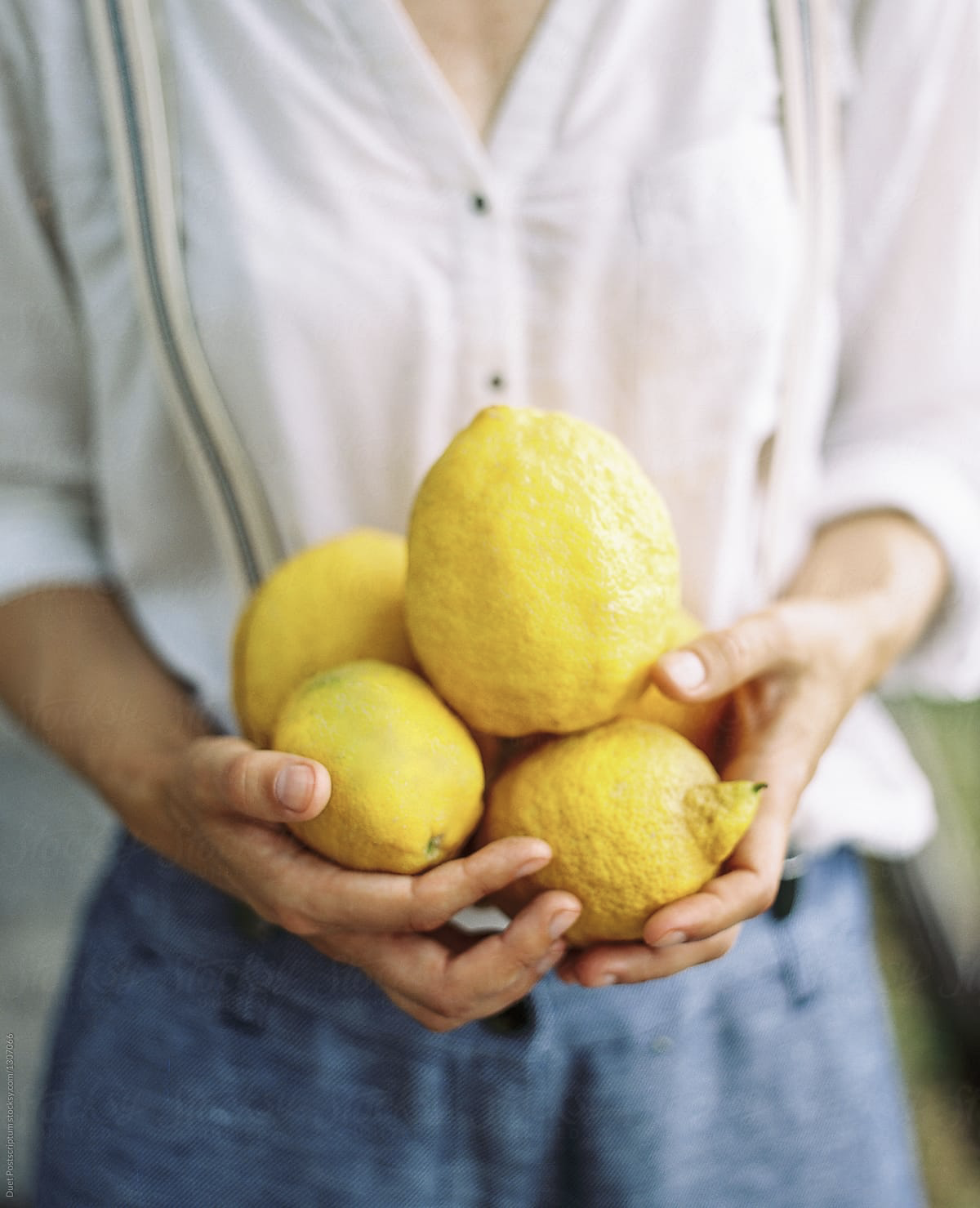
Before looking at all the things you can do with your lemons, let’s go over some citrus basics. Like zest. What’s Cooking America (www.whatscookingamerica.net) shares some insightful information on the topic:
“Zest is the rich outermost part of the rind of an orange, lemon, or other citrus fruit, which can be used as flavoring.
“On a lemon, it is the yellow part of the peel on the outside of a lemon. The peel of a citrus fruit contains two top layers; the zest (the outermost part of the rind), and the pith (a white, fibrous membrane directly below the zest which helps to protect the fruit inside). The zest is shiny, brightly colored, and textured; it is the outer surface of the fruit which consumers can directly see.
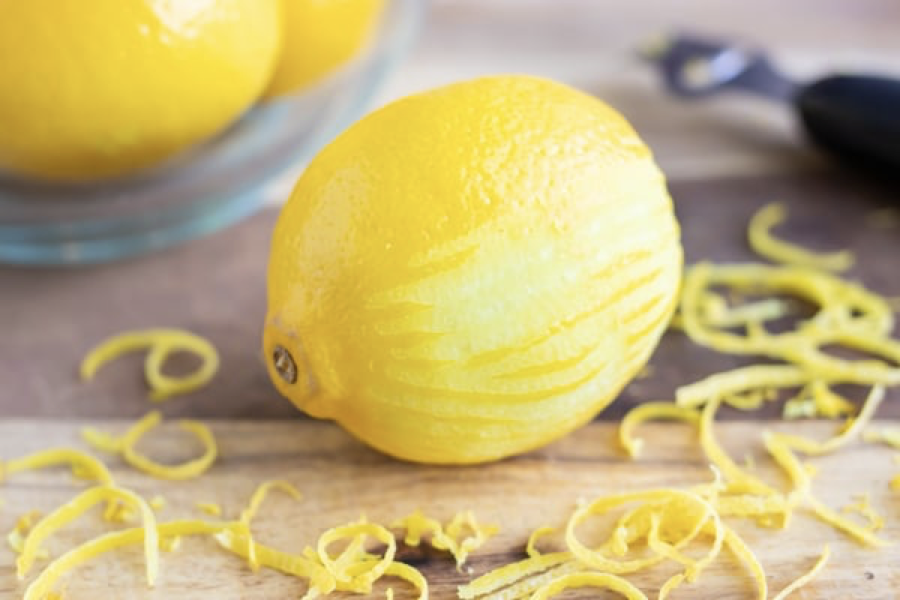
“Lemon zest has an intense lemon/citrus flavor with very little bitterness. The bitterness is primarily found in the white part of the lemon (the white pith). The white pith will give your dish an unpleasant under-taste. Carefully zest your citrus fruits leaving the pith on the fruit.” [me: Because the pith is bitter…ask me how I know!]
Before zesting, it’s also advised that you scrub the fruit with a sponge and warm, soapy water. Rinse it well and dry it with a paper towel.
From zest, let’s move to the subject of zesters. A traditional zester is the tool you use to remove the zest of a citrus fruit. It makes long, super-thin strands of zest.
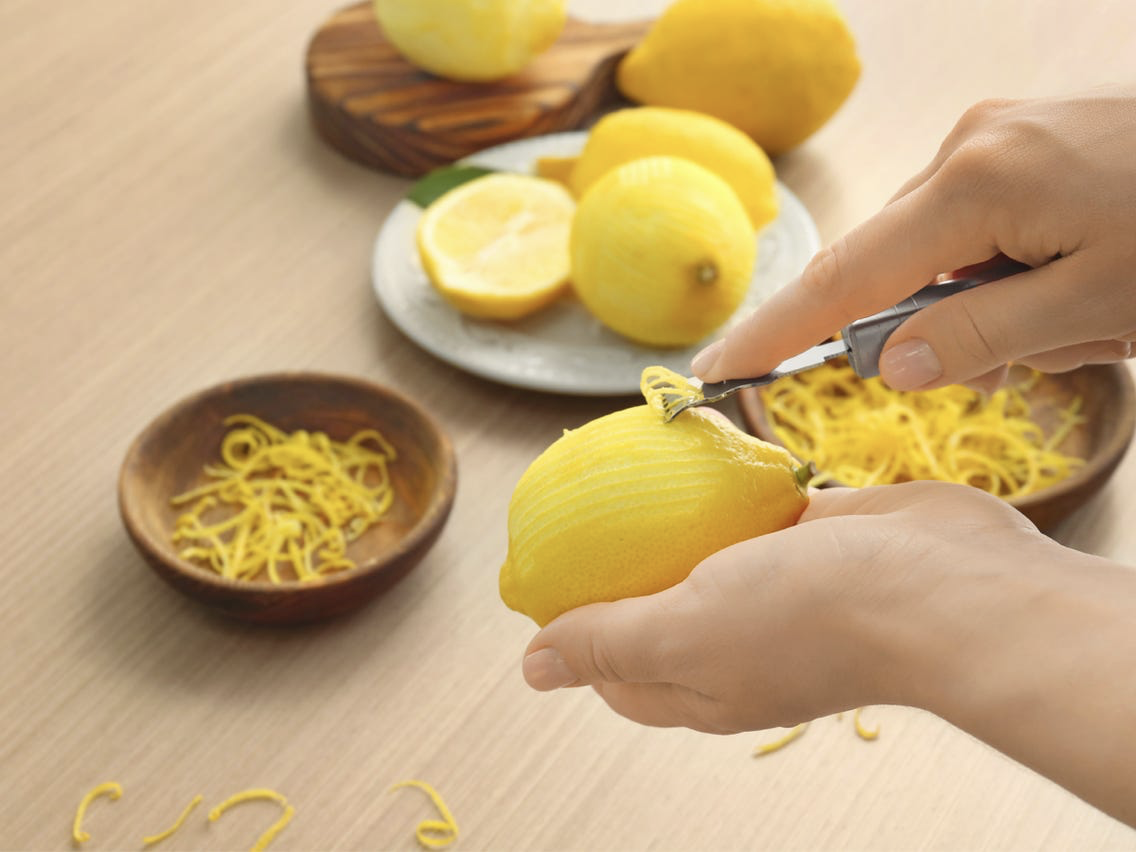
You can certainly zest citrus using a box grater, but a citrus zester is easier to handle (in my estimation).
There are so many ways to use citrus zest—especially lemon zest. Just for starters, consider this delicious recipe:
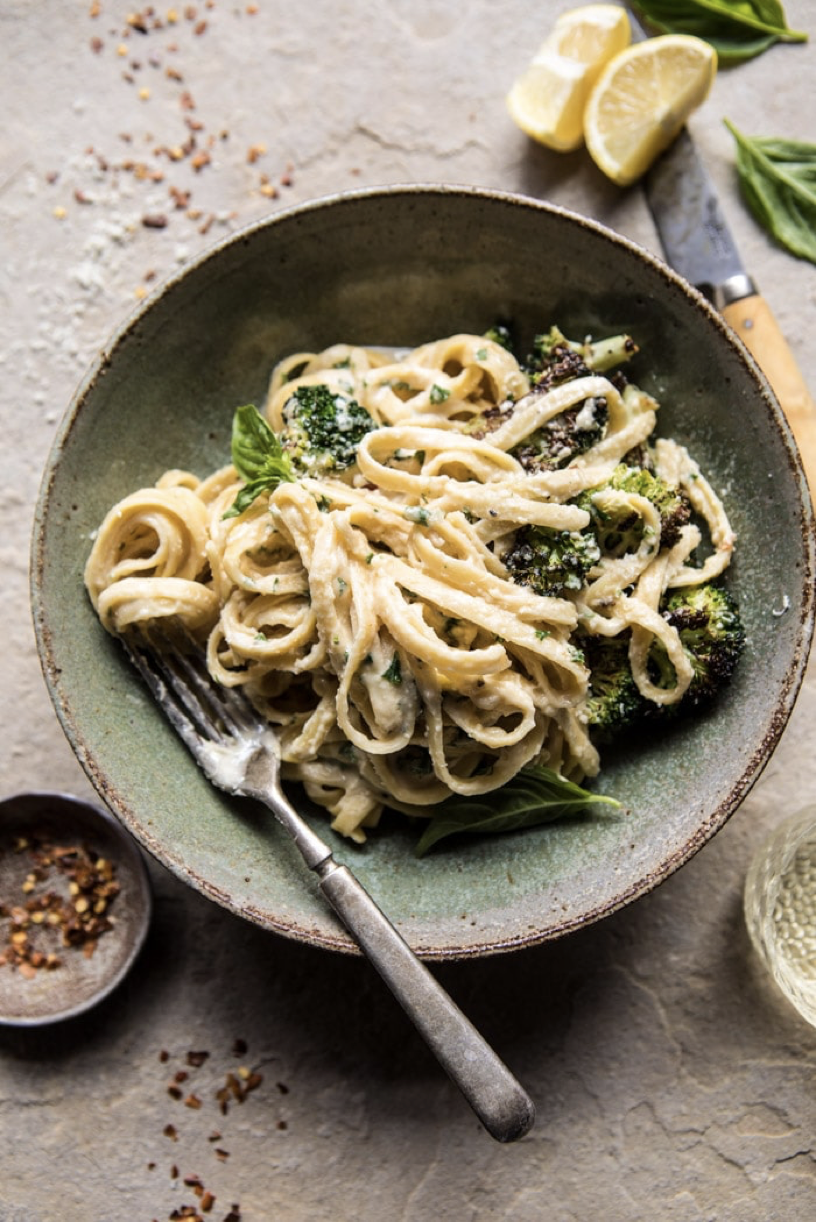

1/2 pound fettuccini pasta
1 pound fresh broccoli
extra virgin, cold pressed olive oil
2 teaspoons red pepper flakes
1 tablespoon lemon zest
1/2 to 3/4 cups freshly grated Parmesan cheese (or to taste)
Directions:
Add Recipe to Cook'n
But besides adding lemon zest to pasta, it can also be added to waffle, muffin, and shortbread, recipes. And one secret touch I incorporate when making lemon meringue pie, is adding zest to the pie crust—what a wonderful surprise this is.
Lastly, I’ll close with a few lemon tips, gleaned from professional chefs and renowned neighborhood cooks:
A lemon at room temperature will yield more juice.
Before juicing, press down firmly and roll the lemon on the kitchen counter to break up the pulp before juicing.
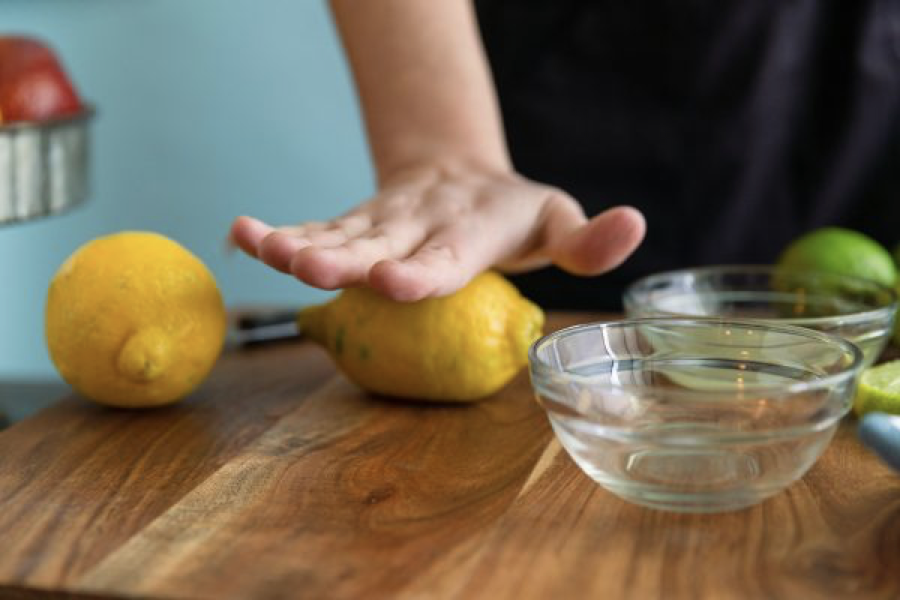
If the lemon is very cold, you can microwave it for a few seconds before squeezing.
Freeze the juice in ice cube trays; once frozen, store in a freezer plastic bag.
Same goes for the zest; seal tightly in plastic bag and freeze.
Put lemon wedges inside the cavity of a whole chicken or turkey.
Tenderize meat and chicken by marinading it in fresh lemon juice.
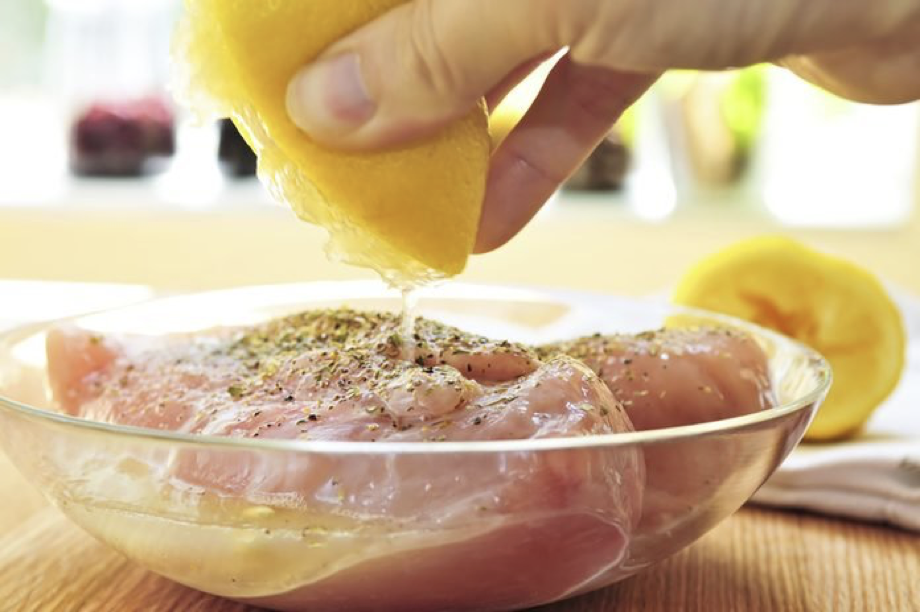
Squeeze lemon on vegetables while steaming, to keep the colors bright.
Add it to rice while cooking to make the rice fluffier.

Before looking at all the things you can do with your lemons, let’s go over some citrus basics. Like zest. What’s Cooking America (www.whatscookingamerica.net) shares some insightful information on the topic:
“Zest is the rich outermost part of the rind of an orange, lemon, or other citrus fruit, which can be used as flavoring.
“On a lemon, it is the yellow part of the peel on the outside of a lemon. The peel of a citrus fruit contains two top layers; the zest (the outermost part of the rind), and the pith (a white, fibrous membrane directly below the zest which helps to protect the fruit inside). The zest is shiny, brightly colored, and textured; it is the outer surface of the fruit which consumers can directly see.

“Lemon zest has an intense lemon/citrus flavor with very little bitterness. The bitterness is primarily found in the white part of the lemon (the white pith). The white pith will give your dish an unpleasant under-taste. Carefully zest your citrus fruits leaving the pith on the fruit.” [me: Because the pith is bitter…ask me how I know!]
Before zesting, it’s also advised that you scrub the fruit with a sponge and warm, soapy water. Rinse it well and dry it with a paper towel.
From zest, let’s move to the subject of zesters. A traditional zester is the tool you use to remove the zest of a citrus fruit. It makes long, super-thin strands of zest.

You can certainly zest citrus using a box grater, but a citrus zester is easier to handle (in my estimation).
There are so many ways to use citrus zest—especially lemon zest. Just for starters, consider this delicious recipe:

Broccoli Fettucine with Lemon Zest
Ingredients:
1/2 pound fettuccini pasta
1 pound fresh broccoli
extra virgin, cold pressed olive oil
2 teaspoons red pepper flakes
1 tablespoon lemon zest
1/2 to 3/4 cups freshly grated Parmesan cheese (or to taste)
Directions:
Cut the broccoli into florets and boil the pasta until al dente. Sautée broccoli in olive oil until barely tender; add the noodles to the pan along with a little pasta water, and finish it all with a drizzle of olive oil, a pinch of red pepper flakes, a little lemon zest and a sprinkling of parmesan.
Recipe formatted with the Cook'n Recipe Software from DVO Enterprises.
But besides adding lemon zest to pasta, it can also be added to waffle, muffin, and shortbread, recipes. And one secret touch I incorporate when making lemon meringue pie, is adding zest to the pie crust—what a wonderful surprise this is.
Lastly, I’ll close with a few lemon tips, gleaned from professional chefs and renowned neighborhood cooks:
A lemon at room temperature will yield more juice.
Before juicing, press down firmly and roll the lemon on the kitchen counter to break up the pulp before juicing.

If the lemon is very cold, you can microwave it for a few seconds before squeezing.
Freeze the juice in ice cube trays; once frozen, store in a freezer plastic bag.
Same goes for the zest; seal tightly in plastic bag and freeze.
Put lemon wedges inside the cavity of a whole chicken or turkey.
Tenderize meat and chicken by marinading it in fresh lemon juice.

Squeeze lemon on vegetables while steaming, to keep the colors bright.
Add it to rice while cooking to make the rice fluffier.
Sources:
- www.stocksy.com
- www.evolvingtable.com
- www.businessinsider.com
- www.halfbakedharvest.com
- www.content.kegworks.com
- www.tasteofhome.com
 Alice Osborne
Alice Osborne
Weekly Newsletter Contributor since 2006
Email the author! alice@dvo.com
